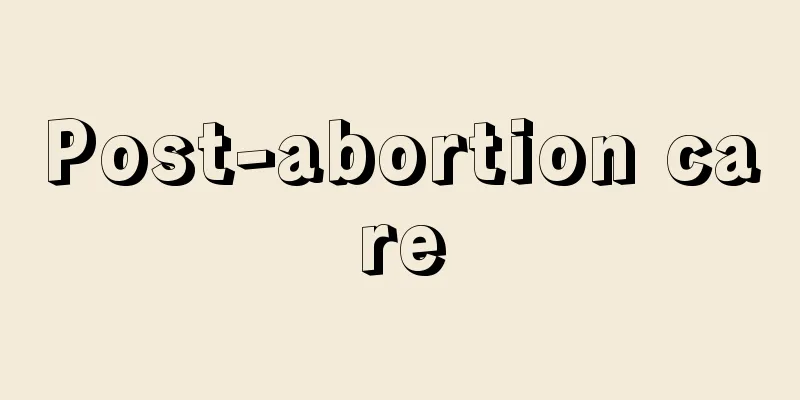What to do if you are at high risk for Down syndrome

|
Down syndrome screening is a widely used method for screening children with Down syndrome. Down syndrome screening is not actually the definitive test for diagnosing children. The success rate of Down syndrome screening is around 70%. If the probability of Down syndrome screening out a baby with Down syndrome is high, then you'd better do an amniocentesis test again, which can finally determine whether it is a baby with Down syndrome. This article will explain in detail what to do if high risk is detected. 1. What should I do if I have a high risk of Down syndrome? The incidence of Down syndrome is not directly related to race, economic status, etc. It is estimated that one in every 660 newborns suffers from Down syndrome, making it the most common chromosomal abnormality. Giving birth at an older age increases the risk of the baby having Down syndrome. The incidence rate is 1/1250 among those aged 20 to 24, 1/400 at 35, 1/106 at 40, 1/30 at 45, and 1/11 at 49. The reason is that as the age of pregnant women increases, the phenomenon of sex chromosome non-disjunction will increase during the production of oocytes. However, on the other hand, about 80% of babies with the syndrome are born to pregnant women under 35 years old. This is related to the high rate of pregnancy among women under 35 years old. In addition, there are also cases where the unnecessary sex chromosomes come from the father's side, and the ratio of paternal factors to maternal factors is 1:4. Families with a potential high risk of illness are generally advised to undergo cell biology consultation and genetic testing such as "amniotic fluid diagnosis for pregnant women". When the Down syndrome screening data shows "high risk", expectant mothers should not be overly anxious. This means that the probability of the fetus suffering from Down syndrome is higher than 1/270, which does not necessarily mean that the fetus is a Down syndrome baby. When a high-risk situation occurs, the next thing the pregnant mother needs to do is to use amniocentesis to determine whether the baby is indeed Down syndrome. The most common technology for prenatal examination at present is amniocentesis, that is, under the guidance of B-ultrasound, a needle is inserted into the amniotic fluid of the pregnant woman through the abdomen to extract the amniotic fluid and perform sex chromosome analysis on the fetal cells. Amniocentesis is suitable for pregnant women between 16 and 20 weeks of gestation. When Down syndrome screening shows a high risk and amniocentesis confirms that the fetus is indeed a Down syndrome baby, the best solution at this stage is to terminate the pregnancy. |
<<: Mid-term Down syndrome screening
>>: Symptoms of Down's syndrome baby
Recommend
Vagina itching
Women should take good care of their private part...
Can I eat black wolfberry during breastfeeding?
As we all know, black wolfberry is a traditional ...
Early symptoms of cervical erosion
Cervical erosion can be divided into mild cervica...
How much does it cost to test six hormones?
Modern living standards are getting better and be...
Is it necessary to have medical abortion before clamp surgery?
Different abortion methods have different require...
What should women with kidney deficiency pay attention to?
Women bear the responsibility of nurturing new li...
My period is coming soon. There is residue in the toilet. I have to take an anti-inflammatory injection.
Menstruation is a common condition for every woma...
ABI Research: 97% of smartphones are expected to use touch screens in 2016
According to foreign media reports, a new report ...
Why are my nipples hard and painful? The gynecologist tells you
Some women will find that their nipples are relat...
Potassium permanganate sitz bath for several minutes
Potassium permanganate solution, also known as po...
Can women eat watermelon after a miscarriage?
Many female friends do not pay attention in the e...
Glaucoma - Tips for eye protection
Do you often feel uncomfortable in your eyes? Som...
Why do finger joints hurt during late pregnancy?
During pregnancy, a woman's body will undergo...
Female unilateral armpit pain
There are so many abnormal phenomena encountered ...
Can the clams be soaked and cooked the next day? What should I do if the clams don't open?
Huajia is also called Huajia. Because Huajia and ...






![[Medical Q&A] Do all uterine fibroids require surgery? How long after surgery can I prepare for pregnancy?](/upload/images/67effb6b19024.webp)


